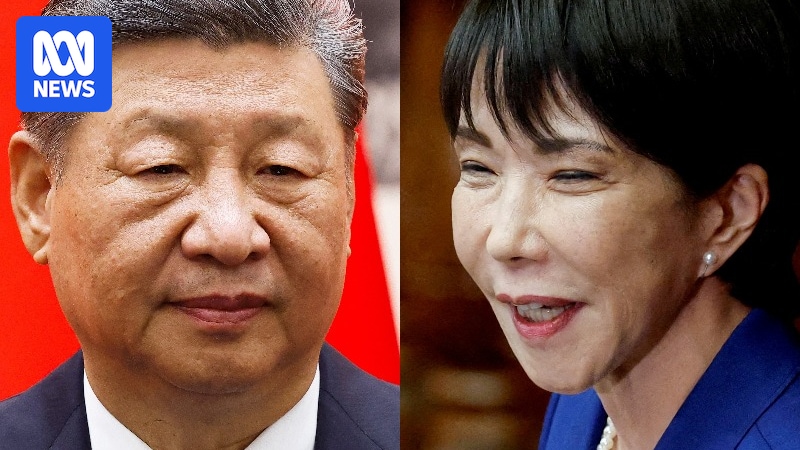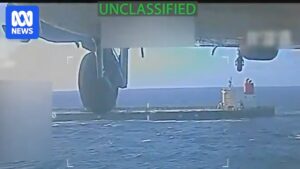
Japan’s defense ministry has taken swift action by scrambling aircraft after detecting a suspected Chinese drone near Yonaguni Island, located close to Taiwan. This incident unfolds amid a prolonged diplomatic dispute between Tokyo and Beijing, further straining relations between the two nations.
The drone was identified off the coast of Yonaguni, an island where Japan plans to deploy missiles, a decision that has drawn ire from China. “We confirmed that an unmanned aerial vehicle believed to be Chinese passed between Yonaguni Island and Taiwan on Monday,” Japan’s defense ministry announced on the social media platform X. In response, the regional Japan Air Self-Defense Forces mobilized aircraft to address the situation.
Escalating Diplomatic Tensions
Relations between Beijing and Tokyo have deteriorated this month, following Japanese Prime Minister Sanae Takaichi’s remarks suggesting potential military intervention by Japan in the event of an attack on Taiwan. The diplomatic row intensified on Monday when China criticized Japan’s decision to proceed with missile deployments on Yonaguni, following a visit by Defense Minister Shinjiro Koizumi to the island.
China’s foreign ministry condemned the missile deployment plan as a “deliberate attempt to create regional tension and provoke military confrontation.” However, Mr. Koizumi defended the decision, stating, “The medium-range surface-to-air guided missiles planned for deployment are defensive equipment intended to counter aircraft and missiles invading our nation. They are not intended to attack other countries, are deployed throughout Japan, and clearly do not heighten regional tensions.”
Historical Context and Strategic Importance
Since 2016, Yonaguni Island has been home to a base for Japan’s Self-Defense Forces, despite initial resistance from local residents. The island’s strategic location has made it a focal point for Japan’s defense strategy, particularly as tensions in the region have escalated. Tokyo had previously announced plans to deploy the Type 03 Medium-Range Surface-to-Air Guided Missile system to protect against potential threats from air-to-ground missiles and aircraft.
The island’s proximity to Taiwan, which China claims as part of its territory, adds another layer of complexity to the situation. China has consistently threatened to use force to bring the self-ruled island under its control, a stance that has heightened regional security concerns.
Regional Reactions and Implications
Taiwan has expressed support for Japan’s military enhancements on Yonaguni, stating that these measures “help maintain security in the Taiwan Strait.” The ongoing developments underscore the delicate balance of power in the region and the potential for further escalation.
As Japan continues to bolster its defense capabilities, the international community is closely monitoring the situation. The move represents a significant step in Japan’s broader strategy to enhance its military readiness amid growing regional threats.
Meanwhile, experts suggest that Japan’s actions may serve as a deterrent to potential aggression from neighboring countries. According to Dr. Hiroshi Tanaka, a defense analyst, “Japan’s strategic deployments are a clear signal to China and other regional actors that it is prepared to defend its interests and support its allies.”
Looking forward, the international community will be watching closely to see how these developments unfold and what implications they may have for regional stability. The situation remains fluid, with potential for both diplomatic resolutions and further tensions.
“The medium-range surface-to-air guided missiles planned for deployment are defensive equipment intended to counter aircraft and missiles invading our nation.” – Shinjiro Koizumi, Japan’s Defense Minister
As the geopolitical landscape continues to shift, Japan’s actions on Yonaguni Island may set a precedent for how nations navigate complex security challenges in the Asia-Pacific region.






